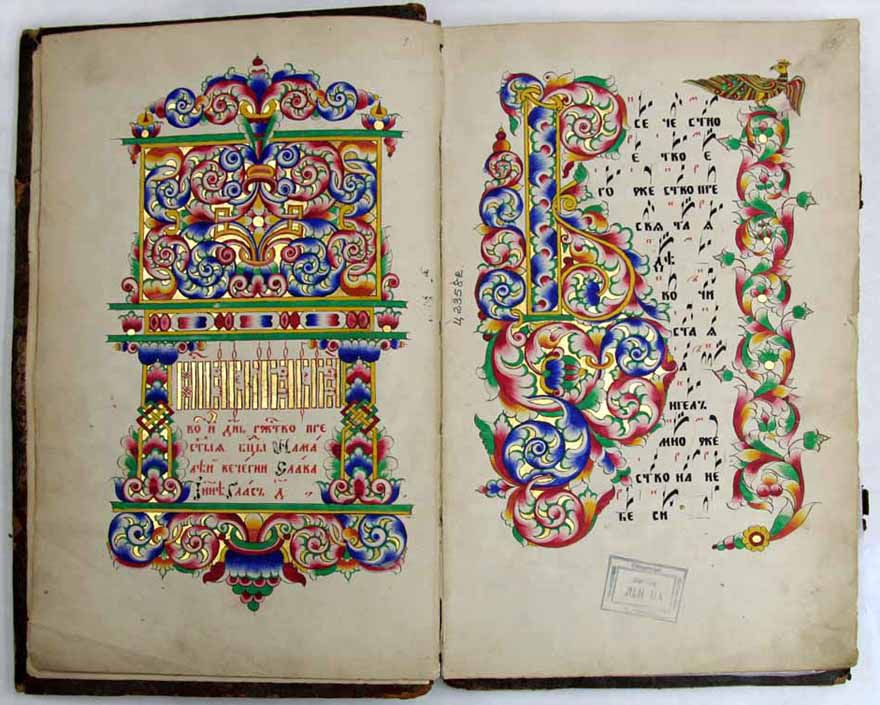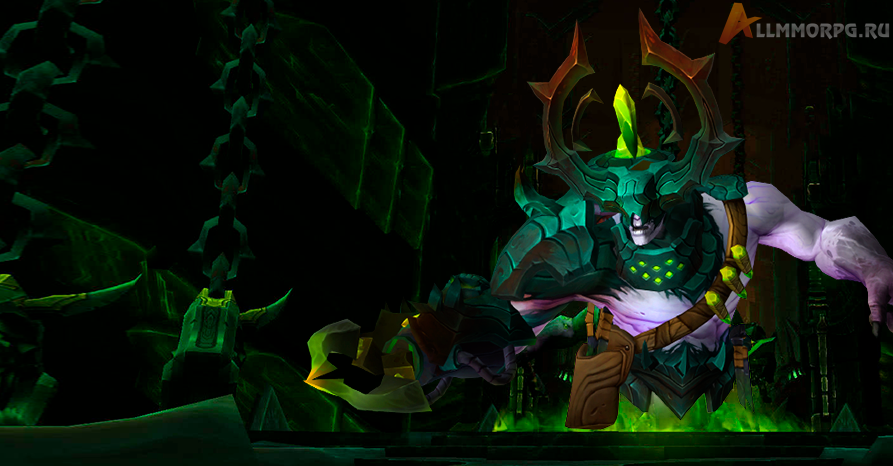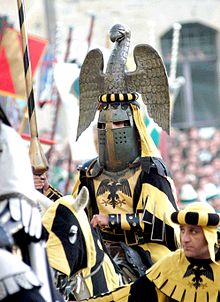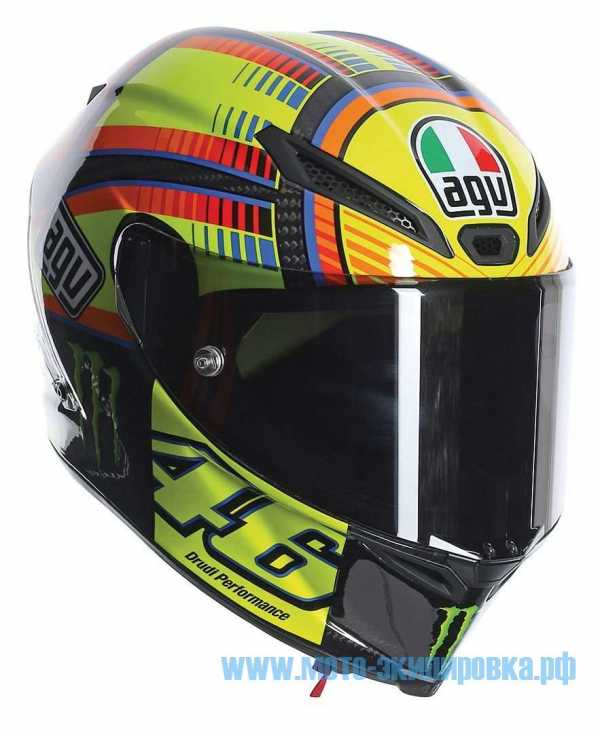Пилос (шлем). Шлем пилос
Пилос (шлем) — Википедия (с комментариями)
Материал из Википедии — свободной энциклопедии
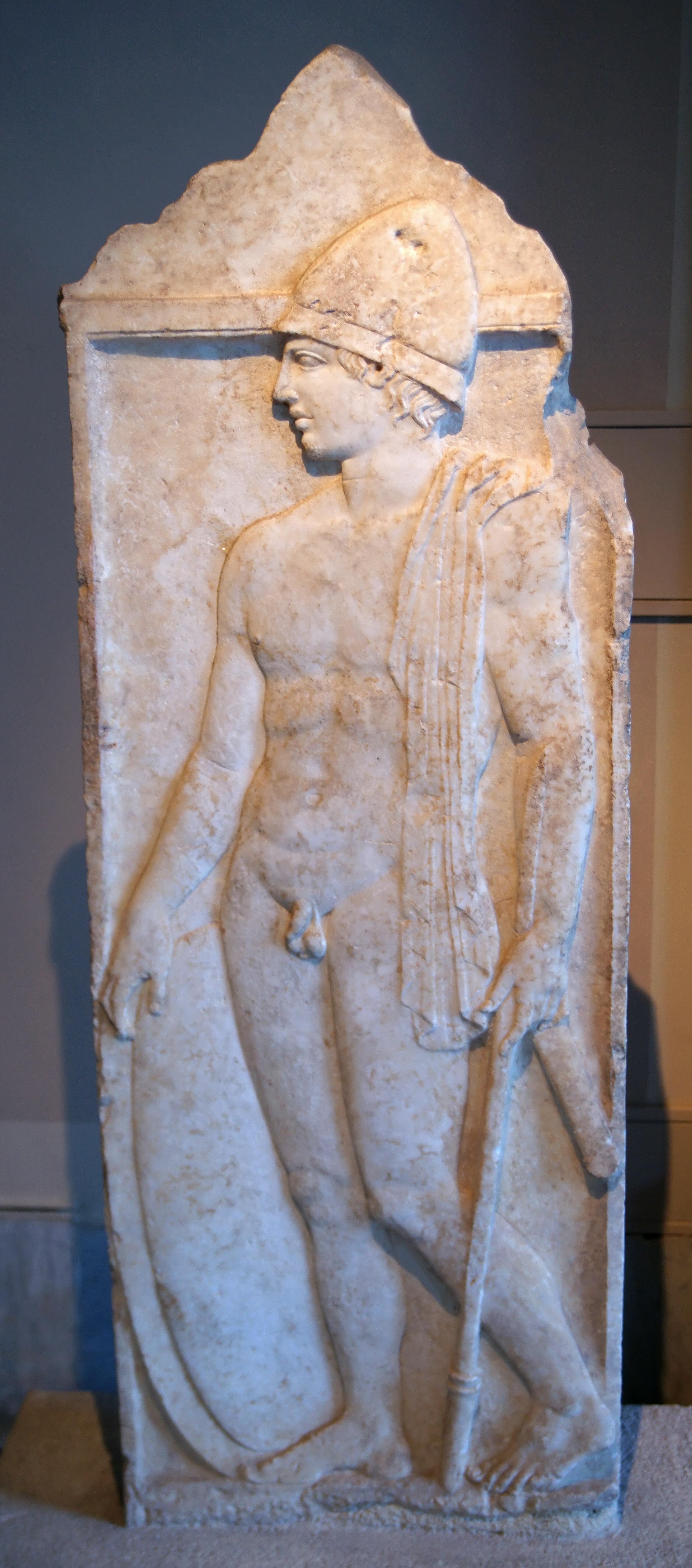 Пилос — технологичный в производстве древнегреческий шлем для легковооруженной пехоты.
Пилос — технологичный в производстве древнегреческий шлем для легковооруженной пехоты.
Первые образцы встречаются на микенских фресках конца 2-го тысячелетия до н. э., хотя в то время такие шлемы собирали из чешуек бронзы. Цельнометаллические пилосы появились к V в. до н. э., возможно производились по государственным заказам городов для вооружения неимущих граждан. В III в. до н. э. пилосы вытеснили из Эллады аттические шлемы — эпоха героев и богатых граждан, сражающихся ради славы, сменилась эпохой наёмников. Большие армии требовали много доспехов, слишком непрактично стало подгонять шлем индивидуально под размер головы, как делали в коринфских и аттических шлемах.
Полуконическая закругленная бронзовая шапка (др.-греч. πῖλος — шляпа из войлока) не требует больших усилий при изготовлении. Фукидид, описывая сражение в 425 до н. э., заметил, что воины Спарты пострадали от стрел афинян из-за недостаточной защиты пилосов (4.34), хотя возможно он имел в виду не шлемы, а именно шапки легковооруженных пехотинцев, так как воины в пилосах изображаются без панцирей. В южной Италии пилосы украшали султанами, к ним привешивали нащечники, отчего они становились достойным головным убором для всадников. Позднее коническая форма пилосов широко воспроизводилась в шлемах раннего Средневековья, так как отковать из железа более сложную форму было затруднительно.
По весу пилосы разнятся от 700 до 900 грамм, в зависимости от толщины бронзы. За счёт уменьшения защитной площади удалось увеличить толщину металла в верхней части пилоса, наиболее вероятному месту удара.
| Бронзовые шлемы-пилосы из коллекции Гуттманна. Шлем с гребнем датируется III в. до н. э., остальные IV в. до н.э. | ||
См. также
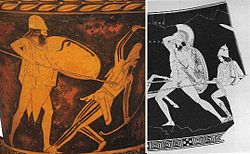
Напишите отзыв о статье "Пилос (шлем)"
Отрывок, характеризующий Пилос (шлем)
– Parlez vous francais? – повторил ему вопрос офицер, держась вдали от него. – Faites venir l'interprete. [Позовите переводчика.] – Из за рядов выехал маленький человечек в штатском русском платье. Пьер по одеянию и говору его тотчас же узнал в нем француза одного из московских магазинов. – Il n'a pas l'air d'un homme du peuple, [Он не похож на простолюдина,] – сказал переводчик, оглядев Пьера. – Oh, oh! ca m'a bien l'air d'un des incendiaires, – смазал офицер. – Demandez lui ce qu'il est? [О, о! он очень похож на поджигателя. Спросите его, кто он?] – прибавил он. – Ти кто? – спросил переводчик. – Ти должно отвечать начальство, – сказал он. – Je ne vous dirai pas qui je suis. Je suis votre prisonnier. Emmenez moi, [Я не скажу вам, кто я. Я ваш пленный. Уводите меня,] – вдруг по французски сказал Пьер. – Ah, Ah! – проговорил офицер, нахмурившись. – Marchons! [A! A! Ну, марш!] Около улан собралась толпа. Ближе всех к Пьеру стояла рябая баба с девочкою; когда объезд тронулся, она подвинулась вперед. – Куда же это ведут тебя, голубчик ты мой? – сказала она. – Девочку то, девочку то куда я дену, коли она не ихняя! – говорила баба. – Qu'est ce qu'elle veut cette femme? [Чего ей нужно?] – спросил офицер. Пьер был как пьяный. Восторженное состояние его еще усилилось при виде девочки, которую он спас. – Ce qu'elle dit? – проговорил он. – Elle m'apporte ma fille que je viens de sauver des flammes, – проговорил он. – Adieu! [Чего ей нужно? Она несет дочь мою, которую я спас из огня. Прощай!] – и он, сам не зная, как вырвалась у него эта бесцельная ложь, решительным, торжественным шагом пошел между французами. Разъезд французов был один из тех, которые были посланы по распоряжению Дюронеля по разным улицам Москвы для пресечения мародерства и в особенности для поимки поджигателей, которые, по общему, в тот день проявившемуся, мнению у французов высших чинов, были причиною пожаров. Объехав несколько улиц, разъезд забрал еще человек пять подозрительных русских, одного лавочника, двух семинаристов, мужика и дворового человека и нескольких мародеров. Но из всех подозрительных людей подозрительнее всех казался Пьер. Когда их всех привели на ночлег в большой дом на Зубовском валу, в котором была учреждена гауптвахта, то Пьера под строгим караулом поместили отдельно.wiki-org.ru
Пилос (шлем) — Википедия (с комментариями)
Материал из Википедии — свободной энциклопедии
Пилос — технологичный в производстве древнегреческий шлем для легковооруженной пехоты.
Первые образцы встречаются на микенских фресках конца 2-го тысячелетия до н. э., хотя в то время такие шлемы собирали из чешуек бронзы. Цельнометаллические пилосы появились к V в. до н. э., возможно производились по государственным заказам городов для вооружения неимущих граждан. В III в. до н. э. пилосы вытеснили из Эллады аттические шлемы — эпоха героев и богатых граждан, сражающихся ради славы, сменилась эпохой наёмников. Большие армии требовали много доспехов, слишком непрактично стало подгонять шлем индивидуально под размер головы, как делали в коринфских и аттических шлемах.
Полуконическая закругленная бронзовая шапка (др.-греч. πῖλος — шляпа из войлока) не требует больших усилий при изготовлении. Фукидид, описывая сражение в 425 до н. э., заметил, что воины Спарты пострадали от стрел афинян из-за недостаточной защиты пилосов (4.34), хотя возможно он имел в виду не шлемы, а именно шапки легковооруженных пехотинцев, так как воины в пилосах изображаются без панцирей. В южной Италии пилосы украшали султанами, к ним привешивали нащечники, отчего они становились достойным головным убором для всадников. Позднее коническая форма пилосов широко воспроизводилась в шлемах раннего Средневековья, так как отковать из железа более сложную форму было затруднительно.
По весу пилосы разнятся от 700 до 900 грамм, в зависимости от толщины бронзы. За счёт уменьшения защитной площади удалось увеличить толщину металла в верхней части пилоса, наиболее вероятному месту удара.
| Бронзовые шлемы-пилосы из коллекции Гуттманна. Шлем с гребнем датируется III в. до н. э., остальные IV в. до н.э. | ||
См. также
Ошибка создания миниатюры: Файл не найден
Воины в пилосах. С древнегреческих ваз V в. до н. э.Напишите отзыв о статье "Пилос (шлем)"
Отрывок, характеризующий Пилос (шлем)
Проснулась я на следующее утро очень поздно. Видимо тот покой, что подарил мне своим прикосновением Север, согрел моё истерзанное сердце, позволяя чуточку расслабиться, чтобы новый день я могла встретить с гордо поднятой головой, что бы этот день мне ни принёс... Анна всё ещё не отвечала – видимо Караффа твёрдо решил не позволять нам общаться, пока я не сломаюсь, или пока у него не появится в этом какая-то большая нужда. Изолированная от моей милой девочки, но, зная, что она находится рядом, я пыталась придумать разные-преразные способы общения с ней, хотя в душе прекрасно знала – ничего не удастся найти. Караффа имел свой надёжный план, который не собирался менять, согласуя с моим желанием. Скорее уж наоборот – чем больше мне хотелось увидеть Анну, тем дольше он собирался её держать взаперти, не разрешая встречу. Анна изменилась, став очень уверенной и сильной, что меня чуточку пугало, так как, зная её упёртый отцовский характер, я могла только представить, как далеко она могла в своём упорстве пойти... Мне так хотелось, чтобы она жила!.. Чтобы палач Караффы не посягал на её хрупкую, не успевшую даже полностью распуститься, жизнь!.. Чтобы у моей девочки всё ещё было только впереди... Раздался стук в дверь – на пороге стоял Караффа... – Как вам почивалось, дорогая Изидора? Надеюсь, близость вашей дочери не доставила хлопот вашему сну? – Благодарю за заботу, ваше святейшество! Я спала на удивление великолепно! Видимо, именно близость Анны меня успокоила. Смогу ли я сегодня пообщаться со своей дочерью? Он был сияющим и свежим, будто уже меня сломил, будто уже воплотилась в жизнь его самая большая мечта... Я ненавидела его уверенность в себе и своей победе! Даже если он имел для этого все основания... Даже если я знала, что очень скоро, по воле этого сумасшедшего Папы, уйду навсегда... Я не собиралась ему так просто сдаваться – я желала бороться. До последнего моего вздоха, до последней минуты, отпущенной мне на Земле...o-ili-v.ru
Пилос (шлем) - WikiVisually
1. Аттический шлем – The Attic helmet was a type of helmet that originated in Classical Greece and was widely used in Italy and the Hellenistic world until well into the Roman Empire. Its name is a modern convention, Terms such as Illyrian and Attic are used in archaeology for convenience to denote a particular type of helmet. The Attic helmet was similar to the Chalcidian helmet but lacked a nose guard, although in Greece itself its use was not as widespread as the Corinthian or Phrygian types, the Attic helmet became very popular in Italy, where most examples have been found. Many Italian peoples used variations of the helmet, but archaeologically it has been especially prominent in Samnite and Lucanian burials. As such, a form of Attic helmet has become part of the image of a Roman officer. However, no remains of this type of helmet have been found to date. The closest surviving Imperial Roman helmet to the type illustrated in relief sculpture dates to the 2nd century AD and it has been classified as a pseudo-Attic helmet by some scholars. It is of tinned bronze and is elaborately decorated with an integral crest raised from the skull incorporating an eagle
2. Древнегреческий язык – Ancient Greek includes the forms of Greek used in ancient Greece and the ancient world from around the 9th century BC to the 6th century AD. It is often divided into the Archaic period, Classical period. It is antedated in the second millennium BC by Mycenaean Greek, the language of the Hellenistic phase is known as Koine. Koine is regarded as a historical stage of its own, although in its earliest form it closely resembled Attic Greek. Prior to the Koine period, Greek of the classic and earlier periods included several regional dialects, Ancient Greek was the language of Homer and of fifth-century Athenian historians, playwrights, and philosophers. It has contributed many words to English vocabulary and has been a subject of study in educational institutions of the Western world since the Renaissance. This article primarily contains information about the Epic and Classical phases of the language, Ancient Greek was a pluricentric language, divided into many dialects. The main dialect groups are Attic and Ionic, Aeolic, Arcadocypriot, some dialects are found in standardized literary forms used in literature, while others are attested only in inscriptions. There are also several historical forms, homeric Greek is a literary form of Archaic Greek used in the epic poems, the Iliad and Odyssey, and in later poems by other authors. Homeric Greek had significant differences in grammar and pronunciation from Classical Attic, the origins, early form and development of the Hellenic language family are not well understood because of a lack of contemporaneous evidence. Several theories exist about what Hellenic dialect groups may have existed between the divergence of early Greek-like speech from the common Proto-Indo-European language and the Classical period and they have the same general outline, but differ in some of the detail. The invasion would not be Dorian unless the invaders had some relationship to the historical Dorians. The invasion is known to have displaced population to the later Attic-Ionic regions, the Greeks of this period believed there were three major divisions of all Greek people—Dorians, Aeolians, and Ionians, each with their own defining and distinctive dialects. Often non-west is called East Greek, Arcadocypriot apparently descended more closely from the Mycenaean Greek of the Bronze Age. Boeotian had come under a strong Northwest Greek influence, and can in some respects be considered a transitional dialect, thessalian likewise had come under Northwest Greek influence, though to a lesser degree. Most of the dialect sub-groups listed above had further subdivisions, generally equivalent to a city-state and its surrounding territory, Doric notably had several intermediate divisions as well, into Island Doric, Southern Peloponnesus Doric, and Northern Peloponnesus Doric. The Lesbian dialect was Aeolic Greek and this dialect slowly replaced most of the older dialects, although Doric dialect has survived in the Tsakonian language, which is spoken in the region of modern Sparta. Doric has also passed down its aorist terminations into most verbs of Demotic Greek, by about the 6th century AD, the Koine had slowly metamorphosized into Medieval Greek
3. Фукидид – Thucydides was an Athenian historian and general. His History of the Peloponnesian War recounts the 5th century BC war between Sparta and Athens to the year 411 BC and his text is still studied at both universities and military colleges worldwide. The Melian dialogue remains a work of international relations theory while Pericles Funeral Oration is widely studied in political theory, history. More generally, Thucydides showed an interest in developing an understanding of nature to explain behaviour in such crises as plague, massacres, as in that of the Melians. In spite of his stature as a historian, modern historians know relatively little about Thucydidess life, the most reliable information comes from his own History of the Peloponnesian War, which expounds his nationality, paternity and native locality. Thucydides informs us that he fought in the war, contracted the plague and was exiled by the democracy and he may have also been involved in quelling the Samian Revolt. Thucydides identifies himself as an Athenian, telling us that his fathers name was Olorus and he survived the Plague of Athens that killed Pericles and many other Athenians. He also records that he owned gold mines at Scapte Hyle, because of his influence in the Thracian region, Thucydides wrote, he was sent as a strategos to Thasos in 424 BC. During the winter of 424–423 BC, the Spartan general Brasidas attacked Amphipolis, eucles, the Athenian commander at Amphipolis, sent to Thucydides for help. Thus, when Thucydides arrived, Amphipolis was already under Spartan control, Amphipolis was of considerable strategic importance, and news of its fall caused great consternation in Athens. It was blamed on Thucydides, although he claimed that it was not his fault, using his status as an exile from Athens to travel freely among the Peloponnesian allies, he was able to view the war from the perspective of both sides. During his exile from Athens, Thucydides wrote his most famous work History of the Peloponnesian War, because he was in exile during this time, he was free to speak his mind. This is all that Thucydides wrote about his own life, but a few facts are available from reliable contemporary sources. Herodotus wrote that the name Olorus, Thucydidess fathers name, was connected with Thrace, Thucydides was probably connected through family to the Athenian statesman and general Miltiades, and his son Cimon, leaders of the old aristocracy supplanted by the Radical Democrats. Cimons maternal grandfathers name was also Olorus, making the connection exceedingly likely, another Thucydides lived before the historian and was also linked with Thrace, making a family connection between them very likely as well. Finally, Herodotus confirms the connection of Thucydidess family with the mines at Scapté Hýlē, in essence, he was a well-connected gentleman of considerable resources who, by then retired from the political and military spheres, decided to fund his own historical project. The remaining evidence for Thucydidess life comes from rather less reliable later ancient sources, pausanias goes on to say that Thucydides was murdered on his way back to Athens. Many doubt this account, seeing evidence to suggest he lived as late as 397 BC, Plutarch claims that his remains were returned to Athens and placed in Cimons family vault
4. Гоплит – Hoplites were citizen-soldiers of Ancient Greek city-states who were primarily armed with spears and shields. Hoplite soldiers utilized the phalanx formation in order to be effective in war with fewer soldiers, the hoplites were primarily represented by free citizens—propertied farmers and artisans—who were able to afford the bronze armour suit and weapons. Hoplites were not professional soldiers and often lacked sufficient military training, although some states did maintain a small elite professional unit, hoplite soldiers were relied on heavily and made up the bulk of ancient Greek armies of the time. In the 8th or 7th century BC, Greek armies adopted a military innovation known as the phalanx formation, the formation proved successful in defeating the Persians when employed by the Athenians at the Battle of Marathon in 490 BC during the First Greco-Persian War. The phalanx was also employed by the Greeks at the Battle of Thermopylae in 480 BC. The word hoplite derives from hoplon, the name for the type of shield used by the soldiers, however, the shield was more commonly known as an aspis, so the word hopla may refer to the soldiers weapons or even their full armament. In the modern Hellenic Army, the word hoplite is used to refer to an infantryman, the fragmented political structure of Ancient Greece, with many competing city-states, increased the frequency of conflict, but at the same time limited the scale of warfare. Limited manpower did not allow most Greek city-states to form armies which could operate for long periods because they were generally not formed from professional soldiers. Most soldiers had careers as farmers or workers and returned to these professions after the campaign, all hoplites were expected to take part in any military campaign when called for duty by leaders of the state. This inevitably reduced the duration of campaigns and often resulted in the campaign season being restricted to one summer. Armies generally marched directly to their destination, and in cases the battlefield was agreed to by the contestants in advance. Battles were fought on ground, and hoplites preferred to fight with high terrain on both sides of the phalanx so the formation could not be flanked. An example of this was the Battle of Thermopylae, where the Spartans specifically chose a narrow pass to make their stand against the massive Persian army. The vastly outnumbered Greeks held off the Persians for seven days, when battles occurred, they were usually set piece and intended to be decisive. The battlefield would be flat and open to facilitate phalanx warfare and these battles were usually short and required a high degree of discipline. At least in the classical period, when cavalry was present, its role was restricted to protection of the flanks of the phalanx, pursuit of a defeated enemy. Light infantry and missile troops took part in the battles but their role was less important, before the the opposing phalanxes engaged, the light troops would skirmish with the enemies light forces, and then protect the flanks and rear of the phalanx. The military structure created by the Spartans was a phalanx formation
5. Кираса – A cuirass is a piece of armour, formed of a single or multiple pieces of metal or other rigid material which covers the front of the torso. In a suit of armour, the cuirass was generally connected to a back piece, cuirass could also refer to the complete torso-protecting armour. As parts of the military equipment of classic antiquity, cuirasses and corsets of bronze, iron. Secondary protection for the breast was worn in earlier times by men-at-arms in addition to mail hauberks and it was not until the 14th century that the plate armour became an established part of medieval armour. The Roman emperor Galba donned a cuirass just before he went to his death. Suetonius records in 12 Caesars that, As was offering sacrifice on the morning before he was killed and he did however put on a linen cuirass, though he openly declared that it would afford little protection against so many swords. The cuirass was almost universally worn throughout its lifespan as a form of armour, the cuirass was always made long enough to rest on the hips. If it had been suspended by the shoulders, its weight would have exhausted its wearer. In the second half of the 15th century, the cuirass was occasionally superseded by the brigandine jacket, in essence, the brigandine jacket was constructed of metal plates sewn into a fabric jacket. About 1550, the breast-piece of the cuirass was characterized by a central ridge, called the tapul. Somewhat later, the tapul was moved lower on the breast, eventually, the profile of the plate began to resemble a pea pod and, as such, was referred to as the peascod cuirass. Corslets provided with both breast and back pieces were worn by foot-soldiers in the 17th century, while their comrades were equipped in heavier and stronger cuirasses. These defenses continued in use longer than any single piece of armour. Both the French and German heavy cavalry wore cuirasses in parade leading up to World War I, in the early part of that conflict, they painted their cuirasses black and wore canvas protection covers over the neo-Roman style helmets. Some years after Waterloo, certain historical cuirasses were taken from their repose in the Tower of London and adapted for service by the Life Guards, for parade purposes, the Prussian Gardes du Corps and other corps wore cuirasses of richly decorated leather. During the Heian period, Japanese armourers started to use leather as a material, by the end of the Heian period, the Japanese cuirass had arrived at the shape recognized as part of iconic samurai armor. Scales of iron and leather, bound together by silk lace, were used to construct samurai armours, the introduction of firearms to Japan in 1543 resulted in the development of a cuirass constructed of solid iron plates. The use of the samurai cuirass lasted until the 1860s when an army using conventional uniforms was established
6. Линоторакс – The linothorax is a type of upper body armor used by the ancient Greeks, as well as other Hellenic kingdoms including Macedonia, from the Mycenaean period through the Hellenistic period. The modern term linothorax is based on the Greek λινοθώραξ, which means wearing a breastplate of linen, the term thorax was the word for breastplate during this era and was traditionally made of metal in most contexts. The linothorax were made of linen glued in layers with animal fat, the earliest attested account of a linothorax used for battle is recorded in Book 2 of Homers Iliad. It is worn by Ajax the Lesser and is described in brief, Homer, composing stories long before the great armies of Athens, Thebes, Sparta and Macedon, surely understood what the armor was. However, the extent to which it was used can not be determined as the texts were not accurate accounts of specific time periods. An educated guess can be made, however, based on its use by Alexander the Great, and its mention by other such as Herodotus, Livy, Strabo. This could have been due to the price, lesser weight. Its high point in vase paintings, sculptural reliefs and artistic depictions corresponds with the time of the Persian Wars, by the time of the Peloponnesian War it was still used, and continued to seemingly flourish well into the Hellenistic period. Very few details of the construction are found in Homer and other authors of this era. The linen fabric was reinforced by a sheet around the waist, usually in a scale mail style. Metal plates or flaps called pteryges were protecting various parts of the body, a zoster was a belt, probably of leather with metal plates, worn around the waist over the other parts of the cuirass. The actual method of constructing a linothorax is unknown as no example has survived from ancient times, the only piece of armor that resembles the linothorax was discovered in a tomb in Vergina, Northern Greece. This armor, which was most probably worn for ceremony, was constructed from iron with gold embellishments. It is probably a copy of a linothorax. Since visual evidence is limited to paintings and sculptural reliefs, rather than actual surviving models, modern scholars can only guess at its makeup. There are a number of paintings that show what appear to be metal scales covering the armor. The type of material went into the construction of the linothorax is still hotly debated by academics. Some of the common theories of its construction involve laminated or quilting many layers of linen fabric
7. Поножи – A greave is a piece of armour that protects the leg. The primary purpose of greaves is to protect the tibia from attack, the tibia is a bone very close to the skin, and is therefore extremely vulnerable to just about any kind of attack. Furthermore, an attack on the shin results in that leg being rendered useless. Greaves were used to counteract this, Greaves usually consisted of a metal exterior with an inner padding of felt. The felt padding was particularly important because, without it, any blow would transfer directly from the plating to the shin. During Greek antiquity, greaves were mentioned in texts, including Hesiod’s Shield of Heracles, Homer’s Iliad. In the Illiad, the Greek forces are referred to as well-greaved Acheans. While these are primarily mythological texts, they dealt with warfare. There are also testimonies of their use among Roman light infantry from Polybius up to Vegetius. These greaves are thought to have been mass-produced by the Romans using presses on sheets of metal and then attaching lining, while it is generally assumed that greaves were always worn in pairs, there is evidence that many wore just a single greave on the left or right leg. Many skeletons have been buried with only a single greave. People may have worn a single greave as a sign of status, Greaves were common until around the ninth century, when they largely disappeared. There is not much evidence of their use until the quarter of the thirteenth century. Almost all greaves used at this time are known as “Demi-greaves”, early in the fourteenth century, many illustrations were found showing “closed greaves”, or greaves that protected the entire leg. Closed greaves are made of two plates joined on the outside by hinges and fastening with buckles and straps on the inside, Japanese greaves, known as suneate, were first introduced during the eleventh century, during the late Heian period. The earliest suneate consisted of three plates of metal covering the shin, by the Kamakura period, suneate became a standard part of Japanese armor. Around the Muromachi period, suneate became a splint mounted on a piece of fabric with mail in between the metal splint and fabric, not unlike European greaves. This is the most common form of suneate, termed shino-suneate, sometimes, cavalrymen used the older three-plate greaves, known as tsutsu-suneate
8. Иллирийский шлем – The Illyrian or Greco-Illyrian type helmet is a style of bronze helmet, which in its later variations covered the entire head and neck, and was open-faced in all of its forms. Its earliest styles were first developed in ancient Greece, specifically in the Peloponnese, accurate representations on Corinthian vases are sufficient to indicate that the Illyrian type helmet was developed before 600 BC. The helmet was named as an Illyrian type due to a large number of early finds coming from Illyria. According to archaeological evidence, the Illyrian type helmet evolved from the Kegelhelm of the Archaic Period found in Argos, the earliest Illyrian type helmets were developed in a workshop located in the northwestern Peloponnese, although the first Type II Illyrian helmets were created in Corinthian workshops. The first Type III helmets were created in workshops situated somewhere on the Illyrian coast of the Adriatic, the Illyrian type helmet did not obstruct the wearers critical senses of vision though the first two varieties hampered hearing. There were four types of helmets and all were open faced. Type II offered neck protection and again hampered hearing, Type III offered neck protection and allowed better hearing. Type IV was similar to Type III but hearing was not impaired at all, the Illyrian type helmet was used by the ancient Greeks, Etruscans, Scythians, and became popular with the Illyrians who later adopted it. A variety of the helm had also spread to Italy based on its appearance on ivory reliefs, the helmet became obsolete in most parts of Greece in the early 5th century BC. Its use in Illyria had ended by the 4th century BC, media related to Category, Ancient helmets at Wikimedia Commons
9. Коринфский шлем – The Corinthian helmet originated in ancient Greece and took its name from the city-state of Corinth. It was a made of bronze which in its later styles covered the entire head and neck, with slits for the eyes. A large curved projection protected the nape of the neck, out of combat, a Greek hoplite would wear the helmet tipped upward for comfort. This practice gave rise to a series of variant forms in Italy, numerous examples of Corinthian helmets have been excavated, and they are frequently depicted on pottery. The Corinthian helmet was depicted on more sculpture than any other helmet, it seems the Greeks romantically associated it with glory, the Romans also revered it, from copies of Greek originals to sculpture of their own. Given many Roman appropriations of ancient Greek ideas, this change was inspired by the over the forehead position common in Greek art. This helmet remained in use well into the 1st century AD, herodotus mentions the Corinthian helmet in his Histories when writing of the Machlyes and Auseans, two tribes living along the River Triton in ancient Libya. The tribes chose annually two teams of the fairest maidens who fought each other ceremonially with sticks and stones and they were dressed in the finest Greek panoply topped off with a Corinthian helmet. The ritual fight was part of a festival honoring the virgin goddess Athena, young women who succumbed to their wounds during the ordeal were thought to have been punished by the goddess for lying about their virginity. An earlier version of the Corinthian helmet is worn by the Marvel Comics super villain Magneto
10. Фригийский шлем – The names given to this type of helmet are derived from its shape, in particular the high and forward inclined apex, in which it resembles the caps habitually worn by Phrygian and Thracian peoples. Like other types of Greek helmet, the vast majority of Phrygian helmets were made of bronze, the skull of the helmet was usually raised from a single sheet of bronze, though the forward-pointing apex was sometimes made separately and riveted to the skull. The skull was often drawn out into a peak at the front, the face was further protected by large cheekpieces, made separately from the skullpiece. Sometimes these cheekpieces were so large that they met in the centre leaving a gap for the nose, when constructed in this manner they would have embossed and engraved decoration to mimic a beard and moustache. The Phrygian helmet was worn by Macedonian cavalry in King Philips day but his son Alexander is said to have preferred the open-faced Boeotian helmet for his cavalry, as recommended by Xenophon. The royal burial in the Vergina Tomb contained a helmet which was a variation on the Phrygian type, exceptionally made of iron, anderson, J. K, Ancient Greek Horsemanship, Berkeley and Los Angeles
wikivisually.com


